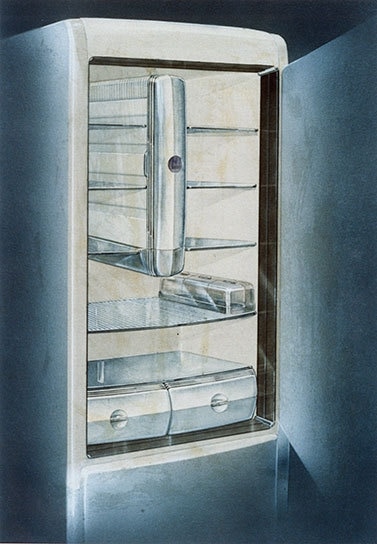During the 1930s, consumers not only wanted reliability, they also started to look for style and elegance in their kitchen devices. Electrolux founder Axel Wenner-Gren responded to this trend by personally recruiting the very best designers from the USA.
Business was booming
In the 1930s, a fridge was becoming the norm for a European middle-class family. In 1936 the millionth example left the factory at Motala in Sweden. The Electrolux gas absorption fridge was conquering the world. In China, Canadian surgeon, Norman Bethune, used one to design the first mobile blood transfusion unit.
“The man who shaped America” designs for Sweden
In the world of consumer products, design was becoming increasingly important. The enormous success of Sears and Roebuck’s elegant, streamlined Super Six Coldspot fridge in 1935, designed by Raymond Loewy, was a game changer. Wenner-Gren realised he needed to respond and sought out the best designers. The Coldspot Man was called in.
Franco-American designer, Loewy has been described as “the man who shaped America”. He worked in many different fields: Greyhound buses, Lucky Strike cigarette packets, logos, building etc. Streamlining, the style which he is famous for, was the new look of the 1930s.

A rendering by the American industry designer Raymond Loewy showing an open refrigerator
Electrolux makes changes to win the Cold War
In the post-war period, compressor technology, as favoured by the competitors, was making enormous breakthroughs and Electrolux could no longer turn a blind eye. The rival technology offered a better alternative for the large fridges which customers now wanted. In 1956, the company started to produce compressor fridges and the acquisition of Elektro-Helios in 1962, who had considerable experience in this area, was a turning point.
The gas absorption fridge hits the road
This was not however the end of the road for the classic absorption fridge. Just as Electrolux were planning to close their factories, they noticed a trend. The ability to go on the road made it a perfect choice for the mobile homes and leisure vehicles becoming popular in the 60s. The US was the biggest global market for caravans.
A new product line was developed and a new company, Dometic, was created to handle sales of this product sector. The product line and brand were divested in 2001 and continued under the name Dometic.

